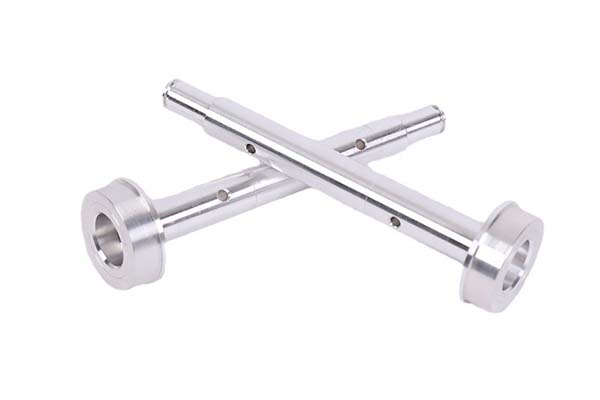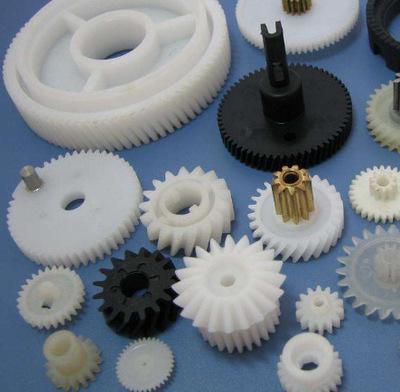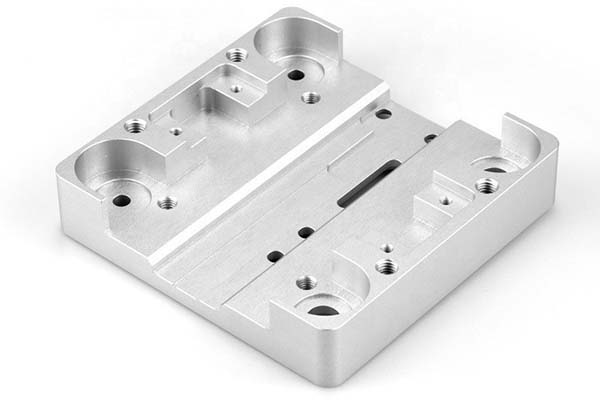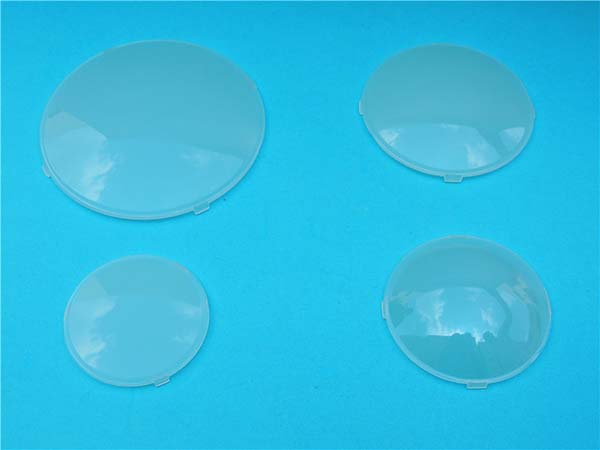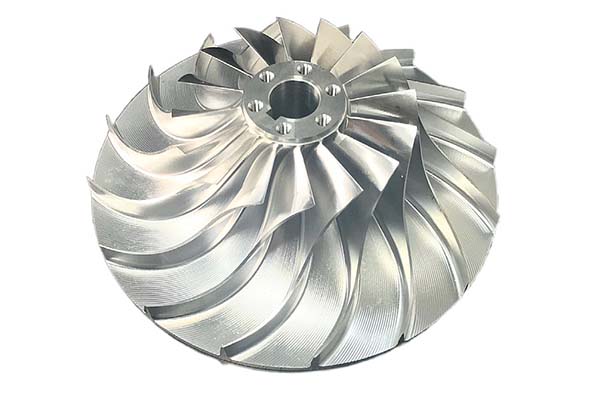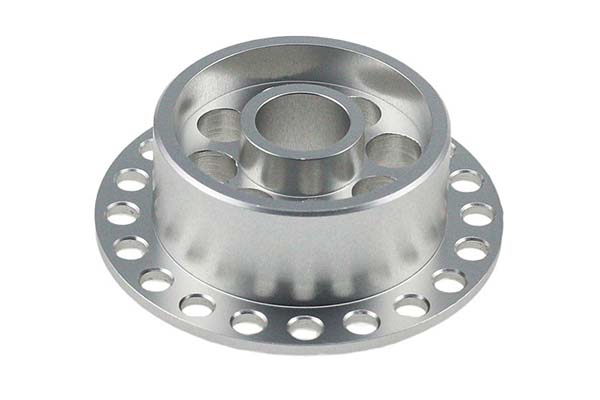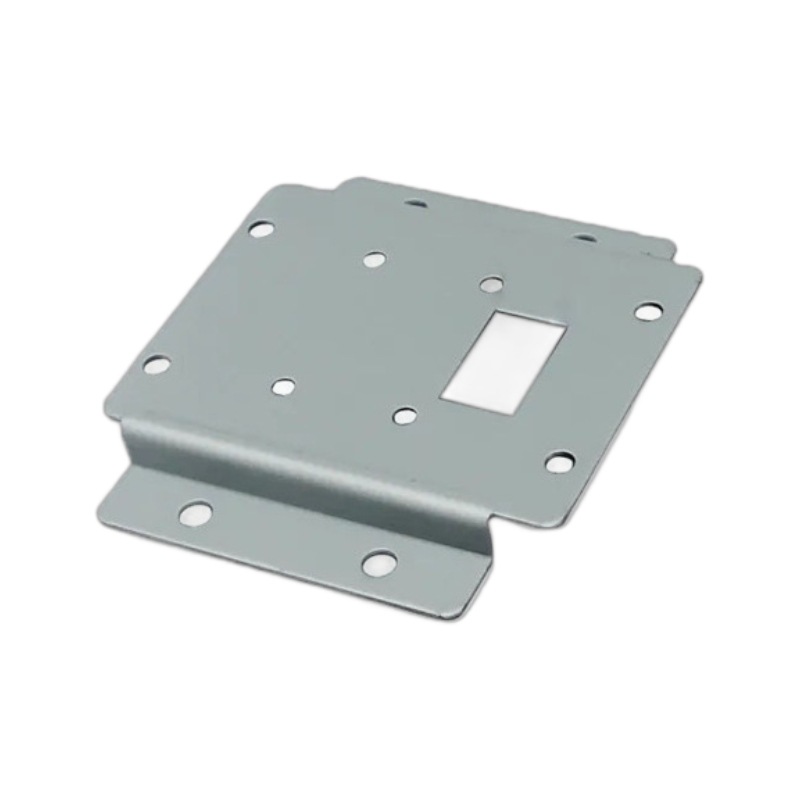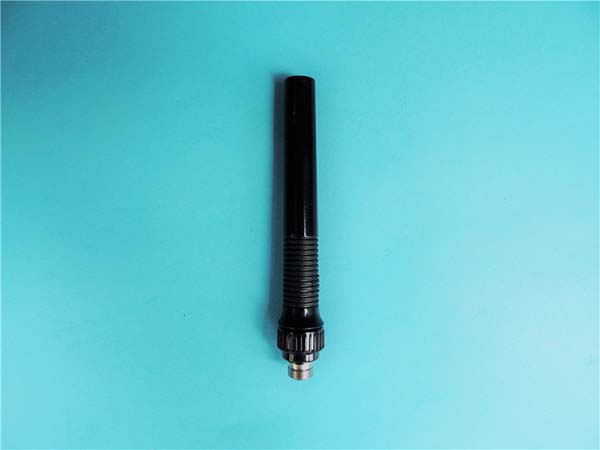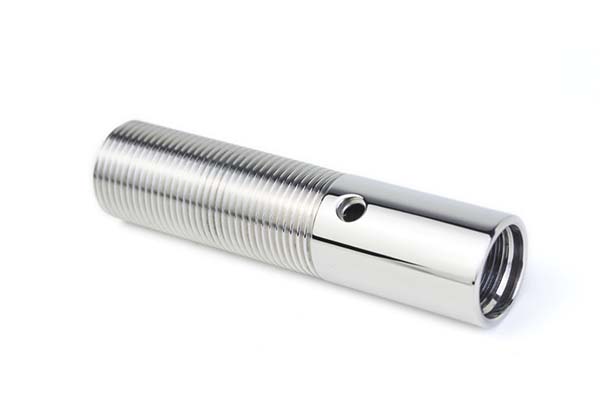Manufacturers seeking a balance between machinability and corrosion resistance often turn to SS303 stainless steel. As a free-machining stainless steel, it’s designed to simplify production, but that doesn’t mean it’s without challenges. While its sulfur additives improve chip breaking, they can also reduce tool life in high-volume runs. Additionally, achieving tight tolerances requires careful control of cutting parameters, and its slightly lower corrosion resistance compared to other austenitic grades demands strategic post-machining treatments. This guide addresses these pain points, offering proven strategies to optimize CNC machining SS303 for efficiency, quality, and cost-effectiveness.
Material Overview of SS303
SS303 stainless steel is an austenitic free-machining stainless steel derived from 304, with added sulfur (0.15-0.35%) to enhance machinability. Its key characteristics include:
- Mechanical properties: Tensile strength of 515 MPa, yield strength of 205 MPa, and hardness of 18-22 HRC in the annealed condition.
- Corrosion resistance: Good in mild environments (air, water, steam) but slightly lower than 304 due to sulfur content, which can create localized corrosion sites.
- Workability: Excellent machinability—up to 40% better than 304—thanks to sulfur, which acts as a chip breaker and reduces cutting forces.
- Chemical composition: 17-19% chromium, 8-10% nickel, 0.15-0.35% sulfur, and trace amounts of manganese and silicon.
- Non-magnetic properties: Retains non-magnetic behavior in the annealed state, though cold working can induce slight magnetism.
These properties make SS303 stainless steel ideal for parts requiring complex geometries and high production volumes.
CNC Machining Processes for SS303
Core Machining Operations
CNC machining SS303 benefits from its free-machining nature, but optimizing processes ensures maximum efficiency:
- CNC milling: Excellent for complex shapes. Conventional milling works well, though climb milling can reduce tool wear for tight-tolerance parts.
- CNC turning: Highly effective for cylindrical components, with fast feed rates possible due to good chip control.
- CNC drilling and CNC boring: Requires minimal coolant compared to other stainless steels, thanks to sulfur’s chip-breaking effect.
- Machining centers and multi-axis machining: Ideal for high-volume runs, as SS303’s consistency reduces setup adjustments.
Optimal Cutting Parameters
| Operation | Cutting Speed (m/min) | Feed Rate (mm/rev) | Depth of Cut (mm) |
| CNC milling (carbide) | 150-300 | 0.15-0.3 | 1-5 |
| CNC turning (carbide) | 200-400 | 0.2-0.4 | 2-6 |
| CNC drilling (HSS) | 60-120 | 0.1-0.2 | 1-3 |
These parameters reflect SS303’s ease of machining: speeds and feeds are 20-30% higher than for 304, reducing cycle times significantly. High-speed steel (HSS) tools perform adequately for low-volume runs, while carbide is preferred for high production to minimize tool wear.
Tool Selection and Tooling for SS303
Choosing the Right Tools
Tool selection for CNC machining SS303 focuses on maximizing chip control and minimizing wear from sulfur-induced abrasion:
- Cutting tools: Carbide tools are optimal for high-volume production, offering 2-3x longer life than HSS. For low-volume runs, high-speed steel tools provide a cost-effective alternative.
- Tool coatings: TiN coatings reduce friction and extend tool life by 20-30%, while TiAlN coatings perform well in high-speed applications (over 300 m/min).
- Tool geometry: Positive rake angles (5-10°) reduce cutting forces, while sharp edges enhance chip breaking—critical for SS303’s sulfur-aided chip formation.
- Tool holders: Collet chucks or hydraulic holders ensure rigidity, preventing deflection that can compromise tolerances.
- Coolant delivery systems: Flood coolant (5-10 bar) suffices for most operations, though high-pressure systems (30-50 bar) improve chip evacuation in deep holes.
Chip Control Strategies
SS303’s sulfur content simplifies chip control, but proper tooling enhances results:
- Use tools with built-in chip breakers for turning operations.
- Adjust feed rates to promote short, curly chips that exit the cutting zone easily.
- Avoid excessive depth of cut, which can create long, stringy chips despite sulfur additives.
Surface Finish and Quality Control
Achieving Desired Surface Characteristics
SS303 stainless steel readily achieves good surface finishes with minimal effort, making it suitable for visible or precision parts:
- Surface roughness: Achievable Ra values range from 0.8 μm (finish machining) to 3.2 μm (roughing), with 1.6 μm typical for general-purpose parts.
- Surface finish requirements: Food processing components often require Ra ≤ 1.6 μm to prevent bacterial buildup, while mechanical parts may accept Ra ≤ 3.2 μm.
- Finishing processes: Polishing can achieve mirror finishes (Ra ≤ 0.05 μm), while grinding is effective for tight tolerance surfaces.
Quality Control Measures
- Inspection methods: Coordinate Measuring Machines (CMM) verify dimensional accuracy, while profilometers check surface roughness (Ra, Rz).
- Quality control standards: Compliance with ASTM A582 (for stainless steel bars) and ISO 9001 ensures consistent quality.
- Surface defects to monitor: Sulfur inclusions can appear as small pits; these are generally cosmetic but may require electrochemical finishing in corrosion-sensitive applications.
Heat Treatment and Post-Machining Processes
Heat Treatment for SS303
SS303 stainless steel typically requires minimal heat treatment, but annealing improves machinability in cold-worked material:
- Annealing: Heating to 1010-1120°C, followed by rapid cooling (water or air) to restore ductility and reduce residual stress. This is especially useful for parts that undergo significant cold working before machining.
- Stress relief annealing: Heating to 300-500°C for 1-2 hours to reduce stresses from machining, preventing distortion in complex parts.
Post-Machining Processes
- Passivation: A nitric acid treatment removes free iron from the surface, restoring corrosion resistance by 30-40%—critical for mitigating sulfur-induced vulnerabilities.
- Electropolishing: Improves surface smoothness and enhances corrosion resistance by dissolving micro-pits caused by sulfur inclusions.
- Post-machining cleaning: Ultrasonic cleaning removes coolant residues and chips, preventing corrosion and ensuring proper adhesion of coatings.
Applications of SS303 Machined Parts
SS303 stainless steel’s combination of machinability and corrosion resistance makes it a staple in:
- Automotive parts: Valve stems, fuel system components, and fasteners (benefiting from high production rates).
- Mechanical components: Gears, shafts, and bushings (ease of machining reduces costs for complex geometries).
- Fasteners (screws, bolts): Threads are easily cut, and the material’s strength meets most industrial standards.
- Industrial machinery: Pulleys, levers, and fittings (good balance of strength and machinability).
- Food processing equipment: Conveyor parts and mixing components (after passivation to enhance corrosion resistance).
- Medical devices: Non-critical components like instrument handles (cost-effective and easy to sanitize).
In fastener production, for example, SS303 reduces machining time by 30-40% compared to 304, lowering per-unit costs significantly.
Technical Specifications and Standards
Adhering to industry standards ensures SS303 parts meet performance requirements:
- ASTM standards: ASTM A582 (bars, rods) and ASTM A276 (general requirements for stainless steel bars) define material properties.
- ISO standards: ISO 16154 specifies free-machining stainless steels, including SS303.
- Machining tolerances: Achievable tolerances of ±0.01 mm for small parts and ±0.05 mm for large components, thanks to good dimensional stability.
- Quality certifications: Compliance with ISO 9001 and FDA standards (for food/medical applications) is common.
Challenges and Solutions in Machining SS303
Overcoming Key Machining Challenges
While SS303 is easy to machine, several challenges require attention:
- Tool wear: Sulfur’s abrasive nature can accelerate wear. Using TiAlN-coated carbide tools reduces wear by 30-50% compared to uncoated tools.
- Work hardening: Mild compared to other stainless steels but still a concern. Use sharp tools and moderate cutting speeds to minimize.
- Heat generation: Less than 304 but still significant in high-speed runs. Flood coolant or mist systems prevent tool overheating.
- Chip evacuation: Generally good, but high feed rates can cause chip buildup. Regular tool cleaning and chip conveyor maintenance resolve this.
- Vibration: Rare due to low cutting forces, but lightweight parts may require fixturing to prevent movement during machining.
Cost and Efficiency Considerations
Balancing Performance and Cost
CNC machining SS303 offers significant cost advantages over other stainless steels, with opportunities for further optimization:
- Machining cost: 20-30% lower than 304 due to faster cycle times and reduced tool wear, offsetting its slightly higher material cost.
- Tool cost: High-speed steel tools are viable for low-volume runs, while carbide tools (though more expensive) reduce replacement frequency in high-volume production.
- Production rate: Typical rates of 30-50 parts per hour for small components (e.g., fasteners), 2-3x higher than 304.
- Efficiency improvements: Automating loading/unloading with robotics increases throughput by 40-60% in high-volume runs.
Comparison with Other Materials
How does SS303 stack up against similar materials?
| Material | Machinability (Relative) | Corrosion Resistance | Tensile Strength (MPa) | Cost (Relative) |
| SS303 | Excellent (100%) | Good | 515 | High |
| SS304 | Good (60-70%) | Excellent | 515 | Medium-High |
| SS316 | Good (50-60%) | Superior | 520 | High |
| Aluminum 6061 | Excellent (90%) | Good | 310 | Low |
| Brass C36000 | Excellent (110%) | Fair | 414 | Medium |
- SS303 vs. SS304/316: Offers far better machinability but lower corrosion resistance. Choose SS303 for high-volume, non-critical corrosion applications.
- SS303 vs. Aluminum 6061: Aluminum is lighter and cheaper but less strong; SS303 is better for load-bearing parts.
- SS303 vs. Brass C36000: Brass machines slightly better but has lower strength and corrosion resistance, making SS303 preferable for industrial use.
Yigu Technology’s Perspective
At Yigu Technology, we leverage SS303 stainless steel’s free-machining properties to deliver cost-effective parts for automotive and industrial clients. Our data shows that using TiAlN-coated carbide tools with a cutting speed of 250 m/min (for turning) reduces tool changes by 35% compared to HSS. For parts requiring both machinability and corrosion resistance, we recommend post-machining passivation, which improves salt spray resistance from 200 to 500+ hours. Our quality control includes 100% dimensional checks and surface finish verification, ensuring parts meet ASTM A582 standards for dimensional accuracy and performance.
FAQ
- When should SS303 be chosen over SS304?
SS303 is preferred for high-volume parts with complex geometries (e.g., gears, fasteners) where machinability and production speed are critical. SS304 is better for corrosion-sensitive applications (e.g., chemical equipment).
- Does SS303 require special coolants during machining?
No—flood coolant or even mist systems suffice. The key is to control heat and flush chips, though SS303’s sulfur additives reduce coolant demand compared to 304.
- Can SS303 be welded?
Welding is possible but not recommended, as sulfur can cause porosity and cracking. Mechanical fastening (bolts, rivets) is preferable for joining SS303 parts.
